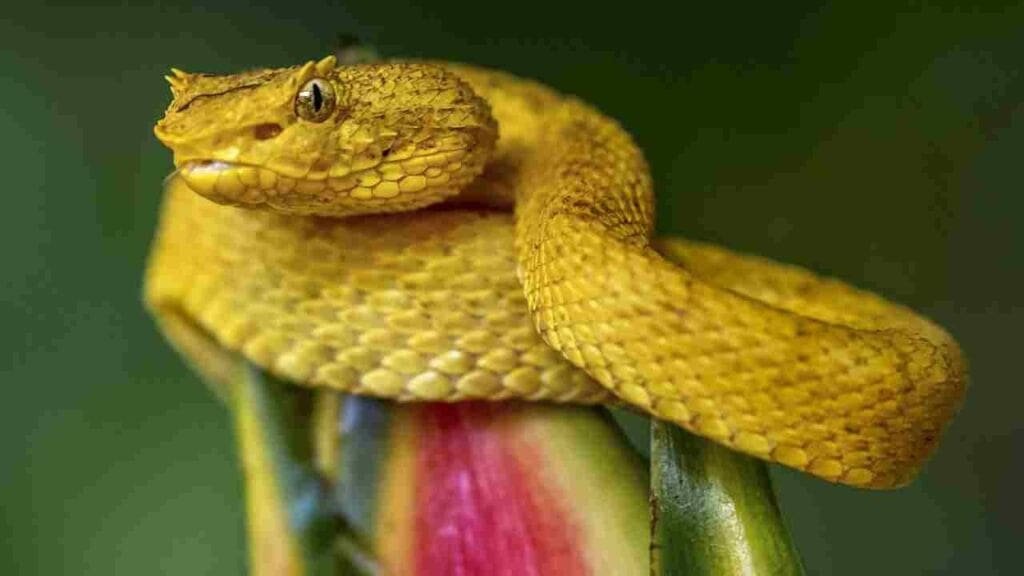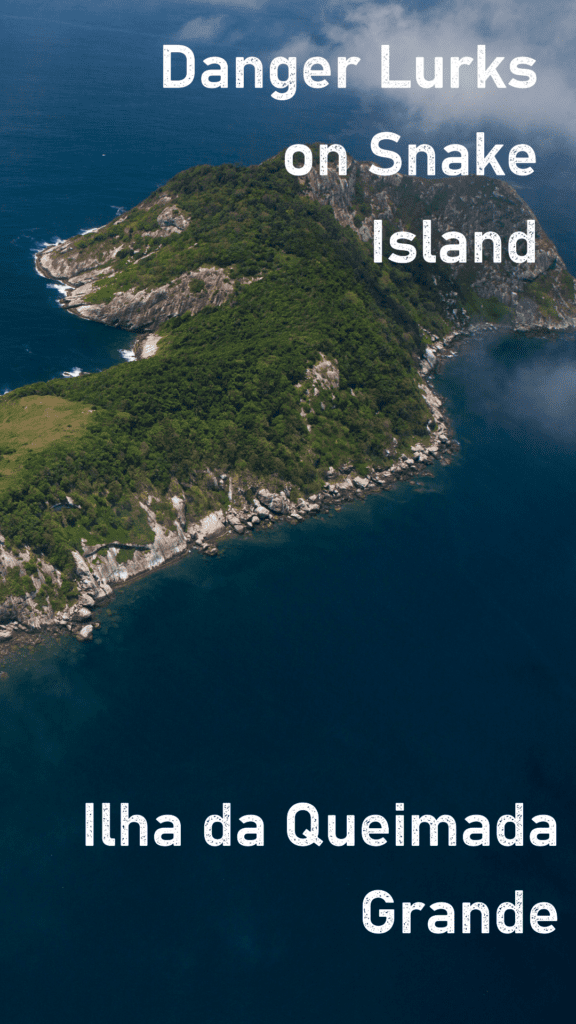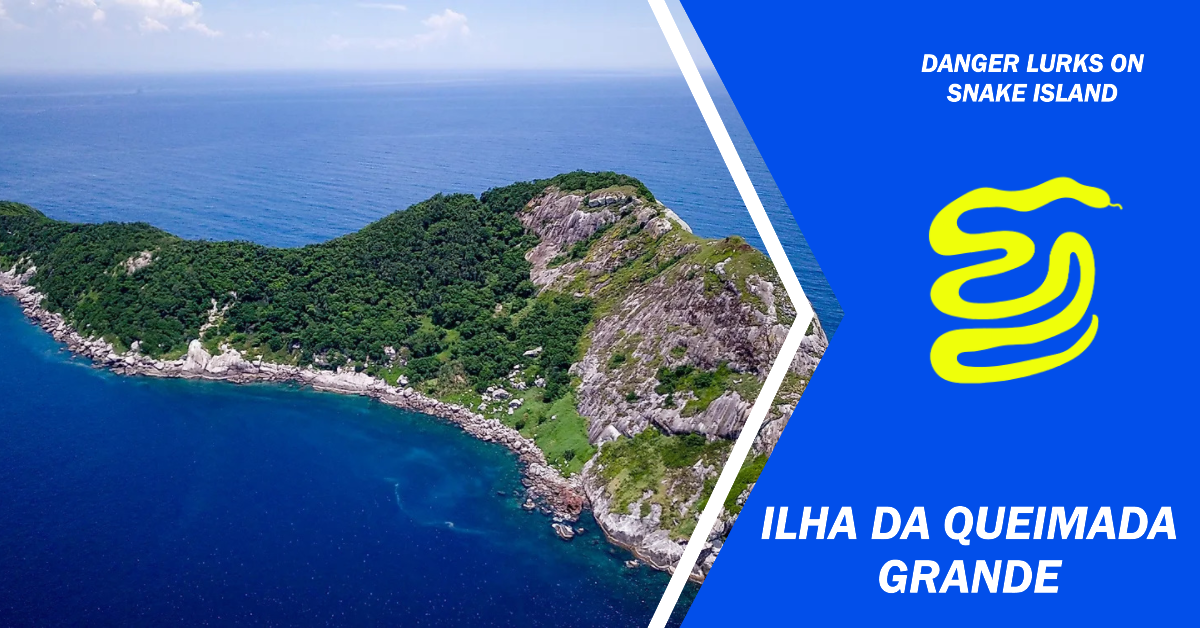Which island has the most snakes?
There are a few contenders for the title of Snake Island, but one stands out above the rest. That island is Ilha da Queimada Grande, located off the coast of Brazil. This small island is home to an estimated 4,000 snakes, which is about one snake per square meter.
Ilha da Queimada Grande is a small, uninhabited island located off the coast of Brazil. It has an area of about 110 acres. The snakes on Snake Island are Golden Lancehead Vipers, and they are incredibly venomous. In fact, their venom is so potent that it can melt human flesh.
Ilha da Queimada Grande isn’t the only snake island in the world. There are a few others, including Vigan Island in the Philippines and the White Island in Greece. But neither of these islands has anywhere near as many snakes as Ilha da Queimada Grande.
The island was originally home to a large number of snake species, but the Golden Lancehead Viper is the only one that remains. The other snakes were killed off by the venom of the Golden Lancehead Viper.
Access to Ilha da Queimada Grande is restricted.
Golden Lancehead Viper

The Golden Lancehead Viper (Bothrops insularis)is a critically endangered species, and their numbers are dwindling. These snakes are named for their golden-yellow colouration and their distinctive lance-shaped head.
The Golden Lancehead Viper possesses one of the most potent venoms of any snake species in the world. Its venom is primarily hemotoxic, meaning it affects the blood and tissues, causing severe tissue damage, bleeding, and necrosis.
Golden Lancehead Vipers are extremely dangerous to humans, and their bites can be lethal if not treated promptly with the appropriate antivenom. Due to the remote location of Snake Island, there have been very few recorded human encounters or bites.
The isolated nature of Snake Island has led to insular evolution, resulting in the unique characteristics of the Golden Lancehead Viper. The snakes on the island are believed to have evolved from a mainland ancestor, adapting to their environment over time.
Lancehead Vipers primarily prey on birds. They are known for their ability to strike and immobilize birds in the trees. The venom helps to begin the digestion process before they consume their prey.
The Golden Lancehead Viper is classified as critically endangered due to its limited range and population size. Conservation efforts are aimed at protecting the snakes and their habitat.
Despite their deadly reputation, Golden Lancehead Vipers are of interest to researchers studying snake venom and its potential applications in medicine, particularly in the development of antivenom and pharmaceuticals.
Geography
Ilha da Queimada Grande is relatively small, measuring about 430,000 square meters in area. It is elongated in shape and covers less than half a square kilometre. About 90 miles from the city of Sao Paulo.
The island’s topography is rugged and hilly, with steep cliffs, rocky terrain, and dense vegetation. It is covered in the Atlantic rainforest, which provides a habitat for a variety of plant and animal species.
One of the most notable geographic aspects of the island is its isolation. The island is separated from the mainland of Brazil by a significant stretch of open water, which has limited the movement of wildlife and human activity to and from the island.
The island’s vegetation is characterized by dense Atlantic rainforest, which is lush and rich in biodiversity. The vegetation provides habitat and sustenance for various bird species, insects, and other wildlife.
The Brazilian government strictly controls access to the island to protect both the snakes and potential visitors. Scientific research and conservation efforts are some of the few reasons for authorized visits.
FAQs
Where did the snakes come from?
At one time, the island’s land mass was attached to the mainland. But rising sea levels separated the island from the coast around 11,000 years ago. Snakes that were stranded on the island multiplied rapidly as there were no ground-level predators on the island.
There weren’t many prey animals either. But the snakes with more toxic, fast-acting venom were able to grab migratory birds and as the golden lancehead evolved on the island, their venom grew more potent.
Did people live on the island before?
Snake Island is uninhabited, but people used to live there for a short period up until the late 1920s, when, according to locals, the local lighthouse keeper and his family were killed by vipers that slithered in through the windows.
Today, the navy periodically visits the lighthouse for upkeep and makes sure no adventurers are wandering too close to the island. Because of the danger, the Brazilian government strictly controls visits to Ilha da Queimada Grande.
The island is also an important laboratory for biologists and researchers, who are granted special permission to visit the island in order to study the golden lancehead.
Ilha da Queimada Grande Information
| Island Name | Ilha da Queimada Grande |
| Nickname | Snake Island |
| Number of Snakes | 4,000 |
| Area | 430,000 m2 |
| Highest elevation | 676 ft |
| Situated | Atlantic Ocean |
| Administrative State | Brazil |
| Administered by | ICMBio |


